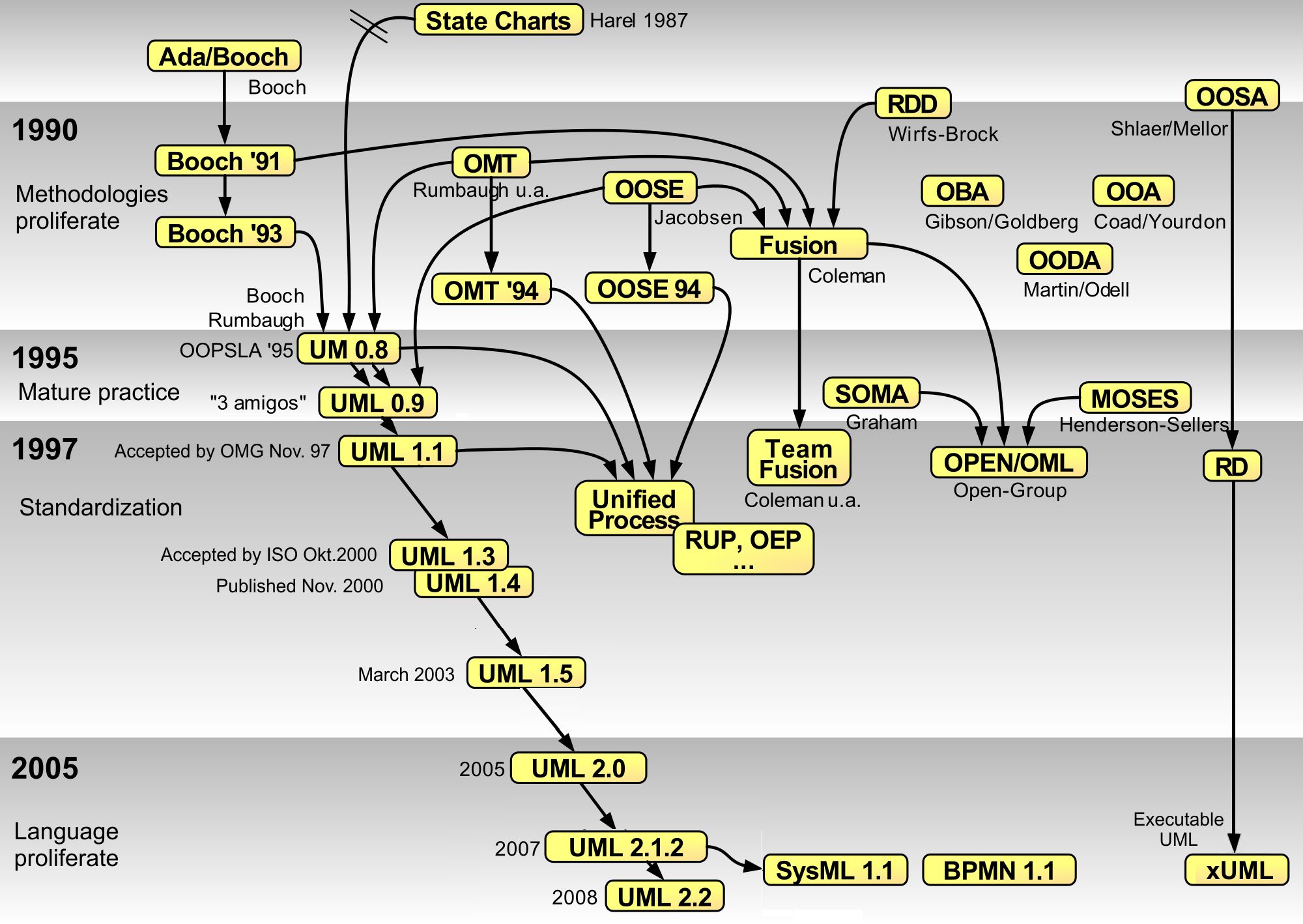|
Cardinality (data Modeling)
Within data modelling, cardinality is the numerical relationship between rows of one table and rows in another. Common cardinalities include ''one-to-one'', ''one-to-many'', and ''many-to-many''. Cardinality can be used to define data models as well as analyze entities within datasets. Relationships For example, consider a database of electronic health records. Such a database could contain tables like the following: * A doctor table with information about physicians. * A patient table for medical subjects undergoing treatment. * An appointment table with an entry for each hospital visit. Natural relationships exist between these entities: * A many-to-many relationship between records in doctor and records in patient because doctors have many patients and patients can see many doctors. * A one-to-many relationship between records in patient and records in appointment because patients can have many appointments and each appointment involves only one patient. * A one-to-one rela ... [...More Info...] [...Related Items...] OR: [Wikipedia] [Google] [Baidu] |
|
|
Data Modelling
Data modeling in software engineering is the process of creating a data model for an information system by applying certain formal techniques. It may be applied as part of broader Model-driven engineering (MDE) concept. Overview Data modeling is a process used to define and analyze data requirements needed to support the business processes within the scope of corresponding information systems in organizations. Therefore, the process of data modeling involves professional data modelers working closely with business stakeholders, as well as potential users of the information system. There are three different types of data models produced while progressing from requirements to the actual database to be used for the information system.Simison, Graeme. C. & Witt, Graham. C. (2005). ''Data Modeling Essentials''. 3rd Edition. Morgan Kaufmann Publishers. The data requirements are initially recorded as a conceptual data model which is essentially a set of technology independent spec ... [...More Info...] [...Related Items...] OR: [Wikipedia] [Google] [Baidu] |
|
 |
Electronic Health Records
An electronic health record (EHR) is the systematized collection of electronically stored patient and population health information in a digital format. These records can be shared across different health care settings. Records are shared through network-connected, enterprise-wide information systems or other information networks and exchanges. EHRs may include a range of data, including demographics, medical history, medication and allergies, immunization status, laboratory test results, radiology images, vital signs, personal statistics like age and weight, and billing information. For several decades, EHRs have been touted as key to increasing quality of care. EHR combines all patients' demographics into a large pool, which assists providers in the creation of "new treatments or innovation in healthcare delivery" to improve quality outcomes in healthcare. Combining multiple types of clinical data from the system's health records has helped clinicians identify and stratify c ... [...More Info...] [...Related Items...] OR: [Wikipedia] [Google] [Baidu] |
|
Data Modeling
Data modeling in software engineering is the process of creating a data model for an information system by applying certain formal techniques. It may be applied as part of broader Model-driven engineering (MDE) concept. Overview Data modeling is a process used to define and analyze data requirements needed to support the business processes within the scope of corresponding information systems in organizations. Therefore, the process of data modeling involves professional data modelers working closely with business stakeholders, as well as potential users of the information system. There are three different types of data models produced while progressing from requirements to the actual database to be used for the information system.Simison, Graeme. C. & Witt, Graham. C. (2005). ''Data Modeling Essentials''. 3rd Edition. Morgan Kaufmann Publishers. The data requirements are initially recorded as a conceptual data model which is essentially a set of technology independent ... [...More Info...] [...Related Items...] OR: [Wikipedia] [Google] [Baidu] |
|
 |
Edgar F
Edgar is a commonly used masculine English given name, from an Anglo-Saxon name ''Edgar'' (composed of '' ead'' "rich, prosperous" and '' gar'' "spear"). Like most Anglo-Saxon names, it fell out of use by the Late Middle Ages; it was, however, revived in the 18th century, and was popularised by its use for a character in Sir Walter Scott's '' The Bride of Lammermoor'' (1819). The name was more common in the United States than elsewhere in the Anglosphere during the 19th century. It has been a particularly fashionable name in Latin American countries since the 20th century. People with the given name * Edgar the Peaceful (942–975), king of England * Edgar the Ætheling (c. 1051 – c. 1126), last member of the Anglo-Saxon royal house of England * Edgar of Scotland (1074–1107), king of Scotland * Edgar Alaffita (born 1996), Mexican footballer * Edgar Allan (other), multiple people * Edgar Allen (other), multiple people * Edgar Angara (1934–2018), F ... [...More Info...] [...Related Items...] OR: [Wikipedia] [Google] [Baidu] |
 |
Relational Databases
A relational database (RDB) is a database based on the relational model of data, as proposed by E. F. Codd in 1970. A Relational Database Management System (RDBMS) is a type of database management system that stores data in a structured format using rows and columns. Many relational database systems are equipped with the option of using SQL (Structured Query Language) for querying and updating the database. History The concept of relational database was defined by E. F. Codd at IBM in 1970. Codd introduced the term ''relational'' in his research paper "A Relational Model of Data for Large Shared Data Banks". In this paper and later papers, he defined what he meant by ''relation''. One well-known definition of what constitutes a relational database system is composed of Codd's 12 rules. However, no commercial implementations of the relational model conform to all of Codd's rules, so the term has gradually come to describe a broader class of database systems, which at a m ... [...More Info...] [...Related Items...] OR: [Wikipedia] [Google] [Baidu] |
|
Database Normalization
Database normalization is the process of structuring a relational database in accordance with a series of so-called '' normal forms'' in order to reduce data redundancy and improve data integrity. It was first proposed by British computer scientist Edgar F. Codd as part of his relational model. Normalization entails organizing the columns (attributes) and tables (relations) of a database to ensure that their dependencies are properly enforced by database integrity constraints. It is accomplished by applying some formal rules either by a process of ''synthesis'' (creating a new database design) or ''decomposition'' (improving an existing database design). Objectives A basic objective of the first normal form defined by Codd in 1970 was to permit data to be queried and manipulated using a "universal data sub-language" grounded in first-order logic. An example of such a language is SQL, though it is one that Codd regarded as seriously flawed. The objectives of normalization ... [...More Info...] [...Related Items...] OR: [Wikipedia] [Google] [Baidu] |
|
 |
Entity–relationship Model
An entity–relationship model (or ER model) describes interrelated things of interest in a specific domain of knowledge. A basic ER model is composed of entity types (which classify the things of interest) and specifies relationships that can exist between entities (instances of those entity types). In software engineering, an ER model is commonly formed to represent things a business needs to remember in order to perform business processes. Consequently, the ER model becomes an abstract data model, that defines a data or information structure that can be implemented in a database, typically a relational database. Entity–relationship modeling was developed for database and design by Peter Chen and published in a 1976 paper, with variants of the idea existing previously. Today it is commonly used for teaching students the basics of database structure. Some ER models show super and subtype entities connected by generalization-specialization relationships, and an ER model can ... [...More Info...] [...Related Items...] OR: [Wikipedia] [Google] [Baidu] |
 |
Unified Modeling Language
The Unified Modeling Language (UML) is a general-purpose visual modeling language that is intended to provide a standard way to visualize the design of a system. UML provides a standard notation for many types of diagrams which can be roughly divided into three main groups: behavior diagrams, interaction diagrams, and structure diagrams. The creation of UML was originally motivated by the desire to standardize the disparate notational systems and approaches to software design. It was developed at Rational Software in 1994–1995, with further development led by them through 1996. In 1997, UML was adopted as a standard by the Object Management Group (OMG) and has been managed by this organization ever since. In 2005, UML was also published by the International Organization for Standardization (ISO) and the International Electrotechnical Commission (IEC) as the ISO/IEC 19501 standard. Since then the standard has been periodically revised to cover the latest revision of UML. In ... [...More Info...] [...Related Items...] OR: [Wikipedia] [Google] [Baidu] |
|
Object (computer Science)
In software development, an object is an entity that has state, behavior, and identity. An object can model some part of reality or can be an invention of the design process whose collaborations with other such objects serve as the mechanisms that provide some higher-level behavior. Put another way, an object represents an individual, identifiable item, unit, or entity, either real or abstract, with a well-defined role in the problem domain. A programming language can be classified based on its support for objects. A language that provides an encapsulation construct for state, behavior, and identity is classified as object-based. If the language also provides polymorphism and inheritance it is classified as object-oriented. A language that supports creating an object from a class is classified as class-based. A language that supports object creation via a template object is classified as prototype-based. The concept of object is used in many different software contexts, ... [...More Info...] [...Related Items...] OR: [Wikipedia] [Google] [Baidu] |
|
|
Arity
In logic, mathematics, and computer science, arity () is the number of arguments or operands taken by a function, operation or relation. In mathematics, arity may also be called rank, but this word can have many other meanings. In logic and philosophy, arity may also be called adicity and degree. In linguistics, it is usually named valency. Examples In general, functions or operators with a given arity follow the naming conventions of ''n''-based numeral systems, such as binary and hexadecimal. A Latin prefix is combined with the -ary suffix. For example: * A nullary function takes no arguments. ** Example: f()=2 * A unary function takes one argument. ** Example: f(x)=2x * A binary function takes two arguments. ** Example: f(x,y)=2xy * A ternary function takes three arguments. ** Example: f(x,y,z)=2xyz * An ''n''-ary function takes ''n'' arguments. ** Example: f(x_1, x_2, \ldots, x_n)=2\prod_^n x_i Nullary A constant can be treated as the output of an operation o ... [...More Info...] [...Related Items...] OR: [Wikipedia] [Google] [Baidu] |